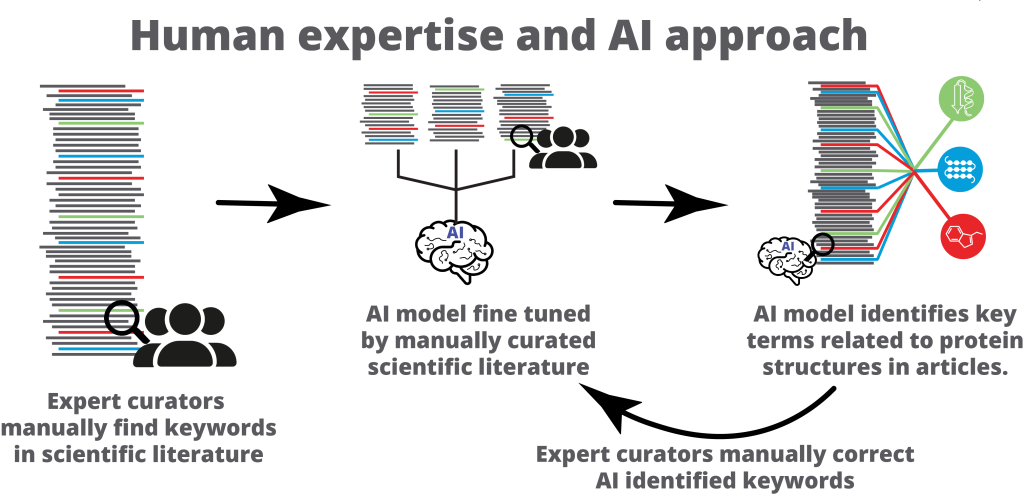
How a novel machine learning system is bridging the gap between advanced models and expert insights to accelerate protein research Proteins are essential molecules with many critical roles in the body. Determining a protein’s 3D structure helps scientists understand its functions within cells. This is crucial for advances in biology, medicine, and drug design.



